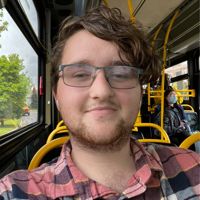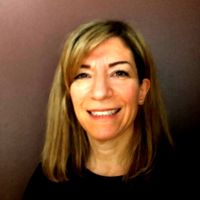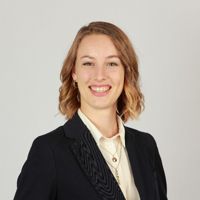- C
Chicago History Museum
- Rebekah C.
Rebekah C. has a diverse range of work experience in the fields of heritage, research, and education. Rebekah is currently the Curator of Religion and Community History at the Chicago History Museum, where they are responsible for preserving and interpreting religious and community history. Rebekah is also the Founder/Researcher of the Sacred Shift Project, an ongoing research initiative focused on the adaptive reuse of sites of religious heritage.
Prior to their current roles, Rebekah worked as a Heritage Consultant, providing expertise in heritage preservation. Rebekah also served as the Historical Society Manager for the City of Plymouth, overseeing the operations of the local historical society. Additionally, they worked as a Co-lecturer at Hamline University, teaching courses on Islamic art and architecture.
Rebekah has also gained experience in the field of architecture and academia. Rebekah worked as a Research Assistant at The Bartlett School of Architecture, UCL, contributing to research projects. Rebekah also held positions at the Historic Wesley Center, including Director, Office Administrator and Event Coordinator, and Support Staff.
Furthermore, Rebekah has experience in education as an Instructor at Brightmont Academy and as a Teaching Assistant at Hamline University. Rebekah also served as an Ehlers Fellow at the Minneapolis Institute of Art.
Throughout their career, Rebekah has demonstrated a passion for heritage preservation, research, and education, making significant contributions to the field.
Rebekah C. obtained their Bachelor of Arts degree with distinction in Art History and Religion, with a minor in Spanish, from Hamline University. Rebekah attended the university from 2008 to 2012. In 2018, they enrolled in New York University where they pursued a Master of Arts degree in Historical and Sustainable Architecture, completing their studies in 2019.
Previous companies
Org chart
Teams
Offices
This person is not in any offices




